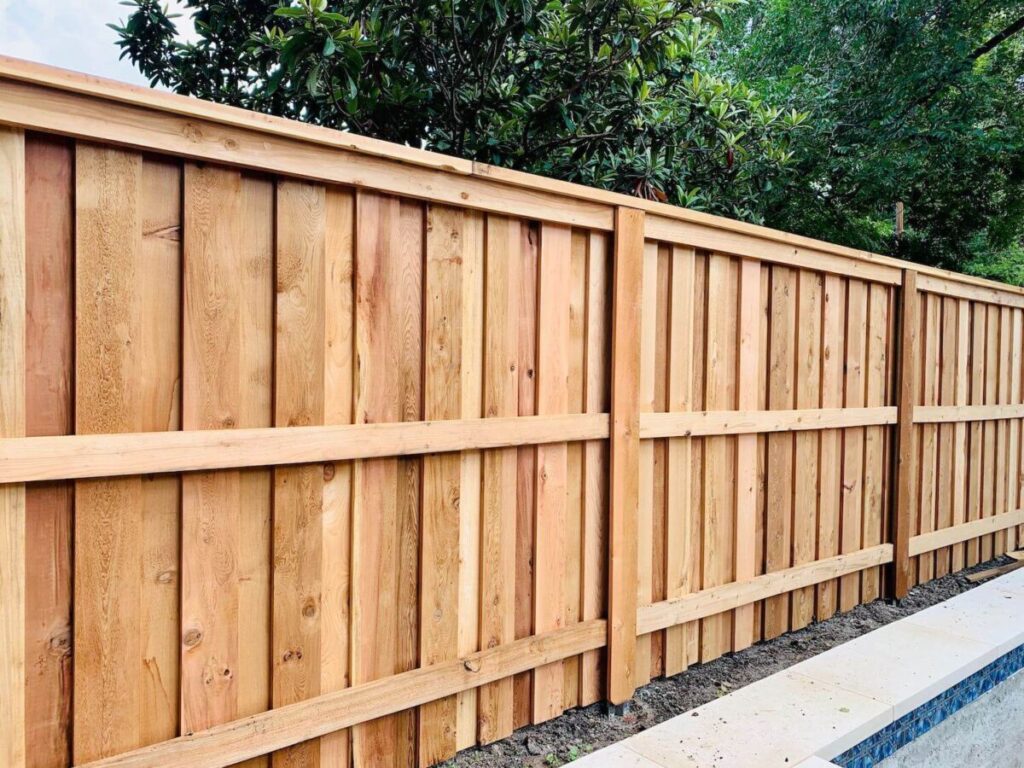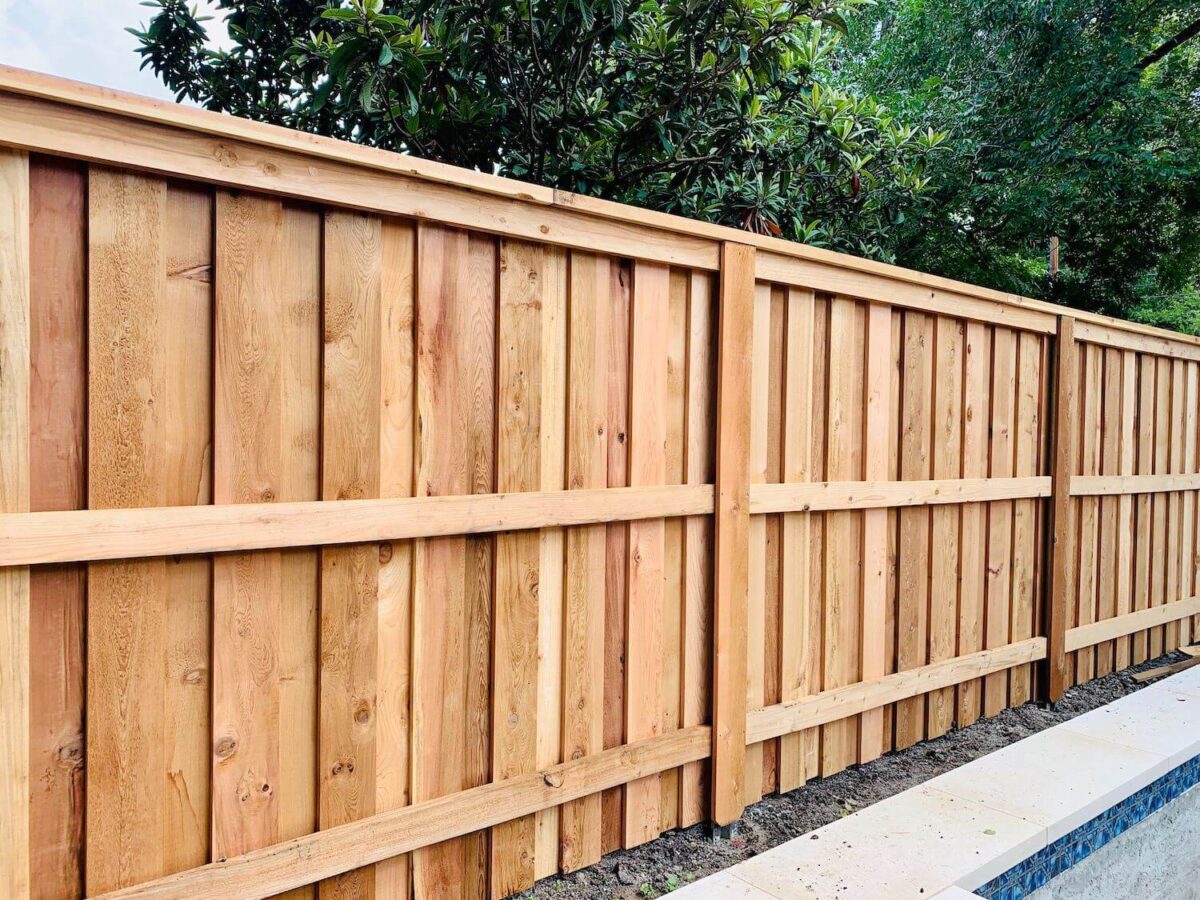
Choosing the Right 6′ Cedar Fence Boards: A Comprehensive Guide
When it comes to fencing your property, few materials offer the blend of beauty, durability, and natural resistance to decay that cedar does. Specifically, 6′ cedar fence boards are a popular choice for homeowners seeking both privacy and aesthetic appeal. This comprehensive guide explores everything you need to know about selecting the right 6′ cedar fence boards for your project, ensuring a fence that not only looks great but also stands the test of time.
Why Choose Cedar for Your Fence?
Before diving into the specifics of 6′ cedar fence boards, it’s crucial to understand why cedar is a preferred material for fencing. Cedar offers several key advantages:
- Natural Resistance to Decay and Insects: Cedarwood contains natural oils that make it resistant to rot, decay, and insect infestation. This inherent resistance reduces the need for chemical treatments, making it an environmentally friendly option.
- Aesthetic Appeal: Cedar boasts a rich, warm color and a beautiful grain pattern that adds character and elegance to any property. Its natural beauty enhances curb appeal.
- Durability: While not as hard as some other wood species, cedar is surprisingly durable and can withstand harsh weather conditions when properly maintained.
- Workability: Cedar is relatively easy to work with, making it a favorite among DIYers and professional fence installers alike. It cuts cleanly, holds nails and screws well, and takes stain or paint beautifully.
- Dimensional Stability: Cedar is less prone to warping, twisting, and shrinking compared to other wood species, contributing to a longer-lasting and more stable fence.
Understanding Different Grades of Cedar
Not all cedar is created equal. The quality of 6′ cedar fence boards can vary significantly depending on the grade. Here’s a breakdown of common cedar grades:
- Clear Heart: This is the highest grade of cedar, characterized by its knot-free appearance and consistent color. Clear heart cedar is typically used for high-end projects where aesthetics are paramount.
- A Grade: Similar to clear heart, A grade cedar features minimal knots and blemishes. It’s a good choice for projects where a clean, uniform look is desired.
- B Grade: B grade cedar may contain more knots and imperfections than A grade, but it’s still a good option for many fencing applications. It offers a balance of quality and affordability.
- C Grade (or Common): This is the lowest grade of cedar, and it may contain numerous knots, blemishes, and imperfections. While C grade cedar is the most affordable option, it may require more effort to work with and may not be as visually appealing as higher grades.
For most residential fencing projects using 6′ cedar fence boards, B grade cedar offers a good balance of cost and quality. However, if you’re aiming for a premium look, A grade or clear heart cedar may be worth the investment.
Factors to Consider When Choosing 6′ Cedar Fence Boards
Selecting the right 6′ cedar fence boards involves more than just choosing a grade. Here are several key factors to consider:
Thickness and Width
6′ cedar fence boards typically come in various thicknesses and widths. Common thicknesses range from 5/8 inch to 1 inch, while widths can vary from 4 inches to 8 inches. Thicker boards provide greater strength and durability, while wider boards offer more privacy. Consider the overall design and purpose of your fence when choosing the appropriate thickness and width. For a standard privacy fence, a 6-inch wide board is typical.
Moisture Content
The moisture content of 6′ cedar fence boards is a crucial factor affecting their stability and longevity. Look for boards that have been properly dried to minimize warping and shrinking. Kiln-dried cedar is generally preferred, as it has a lower moisture content than air-dried cedar. Check the moisture content with a moisture meter if possible, aiming for a range of 12-15%.
Knot Placement and Size
Knots are a natural part of wood, but their placement and size can affect the strength and appearance of 6′ cedar fence boards. Avoid boards with large, loose knots, as these can weaken the wood and create potential points of failure. Smaller, tighter knots are generally acceptable, especially in lower grades of cedar. Consider the aesthetic impact of knots when selecting boards for visible areas of your fence.
Surface Condition
Carefully inspect the surface of 6′ cedar fence boards for any signs of damage, such as cracks, splits, or insect damage. Avoid boards with significant imperfections, as these can compromise their structural integrity and shorten their lifespan. Look for boards with a smooth, even surface that is free of splinters and rough spots. This will make staining or painting easier and ensure a more professional-looking finish.
Color and Grain Pattern
Cedar’s natural color and grain pattern are part of its appeal. However, variations in color and grain can occur from board to board. If you’re aiming for a uniform look, select 6′ cedar fence boards that have a similar color and grain pattern. Alternatively, embrace the natural variations for a more rustic and characterful fence.
Installation Tips for 6′ Cedar Fence Boards
Proper installation is essential for ensuring the longevity and stability of your cedar fence. Here are some key installation tips:
- Use Corrosion-Resistant Fasteners: Cedar contains natural acids that can corrode certain types of metal. Use stainless steel or hot-dipped galvanized fasteners to prevent corrosion and ensure a secure connection.
- Pre-Drill Pilot Holes: Pre-drilling pilot holes before driving screws or nails can prevent the wood from splitting, especially near the ends of the boards.
- Proper Spacing: Allow for proper spacing between boards to accommodate expansion and contraction due to changes in temperature and humidity. A small gap of about 1/4 inch is typically sufficient.
- Apply a Water Repellent Sealant: Applying a water repellent sealant to your cedar fence can help protect it from moisture damage and prolong its lifespan. Choose a sealant specifically designed for cedar and follow the manufacturer’s instructions carefully.
- Proper Post Installation: The fence posts are the backbone of your fence. Ensure they are properly installed and set in concrete for maximum stability. [See also: Fence Post Installation Guide]
Maintenance of Your Cedar Fence
Even with its natural resistance to decay, a cedar fence requires regular maintenance to keep it looking its best and ensure its longevity. Here are some key maintenance tips:
- Clean Regularly: Clean your cedar fence regularly to remove dirt, mildew, and other debris. Use a mild detergent and a soft-bristled brush to avoid damaging the wood.
- Reapply Sealant: Reapply a water repellent sealant every few years to maintain the wood’s protection against moisture damage.
- Inspect for Damage: Regularly inspect your fence for any signs of damage, such as cracks, splits, or insect infestation. Address any issues promptly to prevent them from worsening.
- Trim Vegetation: Keep vegetation trimmed away from your fence to prevent moisture buildup and promote airflow.
Cost Considerations for 6′ Cedar Fence Boards
The cost of 6′ cedar fence boards can vary depending on the grade, thickness, width, and location. Generally, cedar is more expensive than treated pine but less expensive than some exotic hardwoods. When budgeting for your fence project, be sure to factor in the cost of the boards, posts, fasteners, and any necessary tools or equipment. Obtain quotes from multiple suppliers to ensure you’re getting the best price. Labor costs should also be factored in if you are hiring a professional installer.
Finding Reputable Suppliers of 6′ Cedar Fence Boards
Choosing a reputable supplier is essential for ensuring the quality and consistency of your 6′ cedar fence boards. Look for suppliers with a proven track record of providing high-quality lumber and excellent customer service. Read online reviews and ask for recommendations from friends or neighbors. A good supplier will be able to answer your questions about cedar grades, moisture content, and installation techniques.
Alternatives to Cedar Fence Boards
While 6′ cedar fence boards are an excellent choice, it’s worth considering alternative fencing materials, each with its own pros and cons:
- Treated Pine: A more affordable option, but requires chemical treatment and may not last as long as cedar.
- Vinyl: Low-maintenance and durable, but lacks the natural beauty of wood. [See also: Vinyl Fence vs. Wood Fence]
- Composite: Made from recycled materials, offering a blend of durability and aesthetics.
- Aluminum: Lightweight and rust-resistant, but may not provide as much privacy.
Conclusion
Choosing the right 6′ cedar fence boards is a crucial step in creating a beautiful and durable fence that will enhance your property for years to come. By understanding the different grades of cedar, considering key factors such as thickness, moisture content, and knot placement, and following proper installation and maintenance techniques, you can ensure a fence that not only looks great but also stands the test of time. Investing in high-quality 6′ cedar fence boards is an investment in your property’s value and curb appeal.

